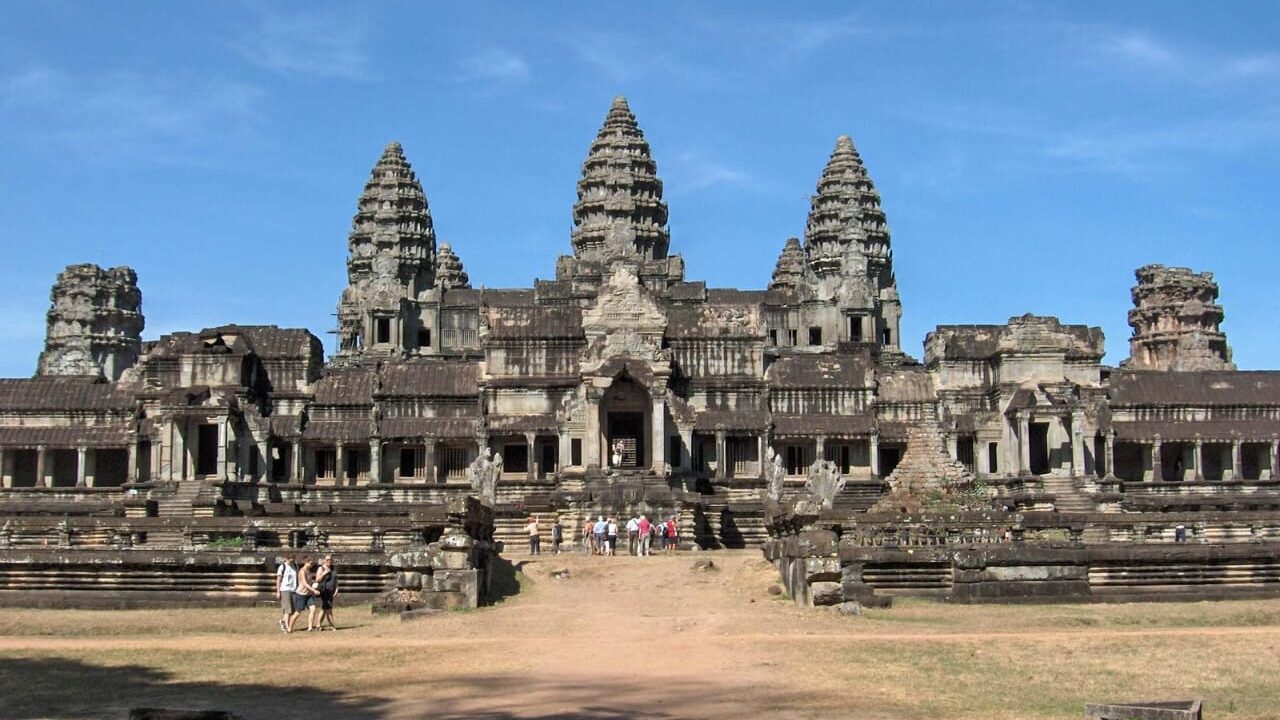UK based Yoga practitioner James Boag chants Aditya Hridayam. To view the full interview please see:
https://www.softpowermag.com/james-boag-on-yoga-kashmir-shaivism-and-aditya-hridayam/
Aditya Hrdayam - the Hymn to the Sun-God is ascribed to the Sage Agastya. It forms part of the Yuddha Kanda (canto 107) of Valmiki's Ramayana.
The first two shlokas (stanzas) depict the situation when this hymn was presented to Sri Rama. A forced respite was introduced into the battle between Ravana and Sri Rama because Rama was whisked away by this charioteer to avoid being killed. During this period, Sri Rama fell into a thoughtful mood as to how He should fulfil his mission on earth, because Ravana, by his own prowess never seemed to entertain any fear from man. And by a boon he made himself invincible by the Gods. Though Sri Rama was aware of His own divinity, He was asserting only His human form and in that form Sri Rama had to fulfil his role as an incarnation.
It was in this seemingly irreconcilable situation that Sage Agastya sang this hymn to Sri Rama to establish the truth of the Vedantic message: Jivo brahmaiva naparah" - The individual self is identical with the Universal self and not distinct from it. However in the case of ordinary humanity, it is an ascent to Divinity, whereas in the case of an incarnation it has to be a descent to humanity.
In purport and efficacy (verses -5) the Aditya Hridayam is akin to the Gayatri Mantra - only more elaborate in the delineation of the "Supreme Effulgence' (Varenyam bhargah) mentioned in the Gayatri. The all-knowing sage Agastya was aware that Sri Rama was none other than Lord Vishnu. Nevertheless the 'Secret Eternal' as any human would be initiated into Gayatri by a Guru. While being conscious of His Divinity, Sri Rama on His part was keen to show man that the seeker and the Sought (Brahman) are one and the same. By the solemn chanting of this holy hymn all obstacles in the path of the seeker after eternal truth would be removed.
The epithets in the verses (Slokas) 6-14 refer to God in the various manifestations which ultimately get absorbed into Bramhan. The obeisance that is being offered in the shlokas (16-21) symbolises the union of the grosser manifestation with the subtler manifestation. Thus the advice to Sri Rama in verses 26-27 is to contemplate on Aditya (Sun-God) would indicate the way to the realisation of the Mahakavya - Thou art that.
In short, Aditya calls upon his mortal counterpart, Sri Rama (in the last verse) to hasten to fulfil his mission to the delight of all.




